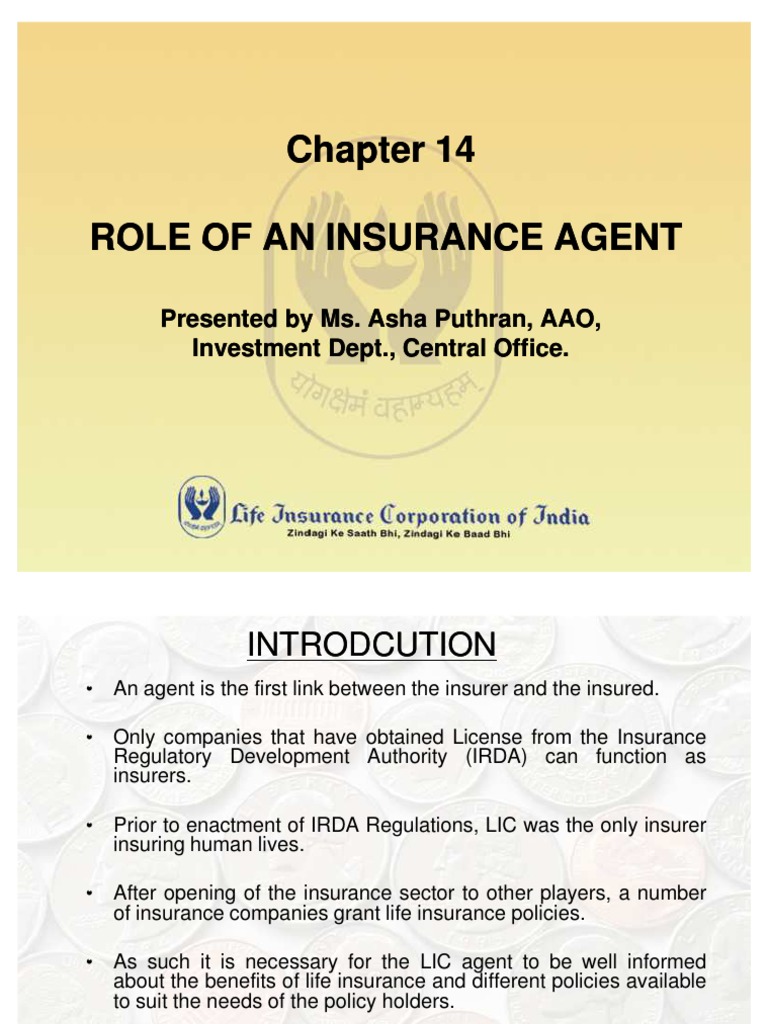Excitement About Pacific Prime
Excitement About Pacific Prime
Blog Article
The Best Strategy To Use For Pacific Prime
Table of ContentsThe 9-Minute Rule for Pacific PrimeFacts About Pacific Prime Uncovered4 Easy Facts About Pacific Prime ExplainedPacific Prime Fundamentals Explained4 Simple Techniques For Pacific Prime

This is since the information were gathered for a duration of strong financial efficiency. Of the estimated 42 million people that were uninsured, just about about 420,000 (concerning 1 percent) were under 65 years old, the age at which most Americans end up being qualified for Medicare; 32 million were adults in between ages 18 and 65, about 19 percent of all grownups in this age; and 10 million were children under 18 years old, concerning 13.9 percent of all children (Mills, 2000).
These estimates of the variety of individuals uninsured are generated from the yearly March Supplement to the Existing Population Survey (CPS), carried out by the Demographics Bureau. Unless otherwise noted, nationwide estimates of people without medical insurance and percentages of the populace with different sort of insurance coverage are based upon the CPS, one of the most extensively used resource of quotes of insurance policy protection and uninsurance rates.
Pacific Prime for Beginners

Still, the CPS is especially valuable due to the fact that it generates yearly price quotes reasonably rapidly, reporting the previous year's insurance coverage approximates each September, and since it is the basis for a regular collection of quotes for greater than 20 years, enabling for analysis of trends in protection gradually. For these reasons, as well as the comprehensive usage of the CPS in other studies of insurance policy protection that exist in this report, we depend on CPS quotes, with constraints noted.

The estimate of the number of uninsured individuals increases when a populace's insurance policy standing is tracked for several years. Over a three-year period starting early in 1993, 72 million individuals, 29 percent of the U.S. https://padlet.com/pacificpr1me/my-harmonious-padlet-xyem37dpr2sq1yce. populace, were without insurance coverage for at the very least one month. Within a solitary year (1994 ), 53 million people experienced at the very least a month without coverage (Bennefield, 1998a)
6 out of every 10 uninsured adults are themselves employed. Functioning does enhance the possibility that one and one's family members will have insurance, it is not a warranty. Also members of family members with two permanent breadwinner have almost a one-in-ten opportunity of being uninsured (9.1 percent without insurance rate) (Hoffman and Pohl, 2000).
The Ultimate Guide To Pacific Prime
New immigrants account for a significant proportion of people without health insurance policy. One evaluation has actually associated a considerable part of the current development in the dimension of the united state uninsured populace to immigrants who got here in the nation between 1994 and 1998 (Camarota and Edwards, 2000). Recent immigrants (those that concerned the United States within the previous 4 years) do have a high price of being without insurance (46 percent), yet they and their children represent simply 6 percent of those without insurance country wide (Holahan et al., 2001).
The relationship between medical insurance and accessibility to care is well established, as documented later on in this phase. The partnership between health and wellness insurance policy and wellness outcomes is neither direct neither easy, a comprehensive professional and health services research literary works web links health and wellness insurance policy protection to enhanced accessibility to care, far better top quality, and boosted personal and populace wellness condition.
Levels of evaluation for checking out the effects of uninsurance. It concentrates specifically on those without any kind of health insurance policy for any type of size of time.
Pacific Prime Things To Know Before You Buy
The troubles faced by the underinsured are in some areas similar to those encountered by the uninsured, although they are usually less go to website extreme. international travel insurance. Uninsurance and underinsurance, however, involve noticeably different plan concerns, and the methods for addressing them might vary. Throughout this research and the 5 records to comply with, the primary focus gets on individuals without any medical insurance and hence no help in spending for health care beyond what is available with charity and safeguard establishments
Health insurance policy is a powerful factor influencing receipt of treatment because both individuals and doctors reply to the out-of-pocket cost of solutions - https://www.goodreads.com/user/show/177010401-freddy-smith. Medical insurance, nonetheless, is neither necessary nor adequate to get accessibility to medical solutions. However, the independent and direct impact of health and wellness insurance policy coverage on access to health and wellness solutions is well established.
Others will get the health treatment they require even without medical insurance, by paying for it expense or seeking it from providers that offer treatment complimentary or at extremely subsidized rates. For still others, medical insurance alone does not guarantee receipt of treatment as a result of various other nonfinancial barriers, such as an absence of health care suppliers in their neighborhood, minimal access to transportation, illiteracy, or etymological and cultural distinctions.
An Unbiased View of Pacific Prime
Official research regarding without insurance populations in the United States dates to the late 1920s and very early 1930s when the Committee on the Expense of Medical Care created a collection of reports concerning financing physician office gos to and hospital stays. This issue became salient as the varieties of clinically indigent climbed up throughout the Great Clinical depression.
Report this page